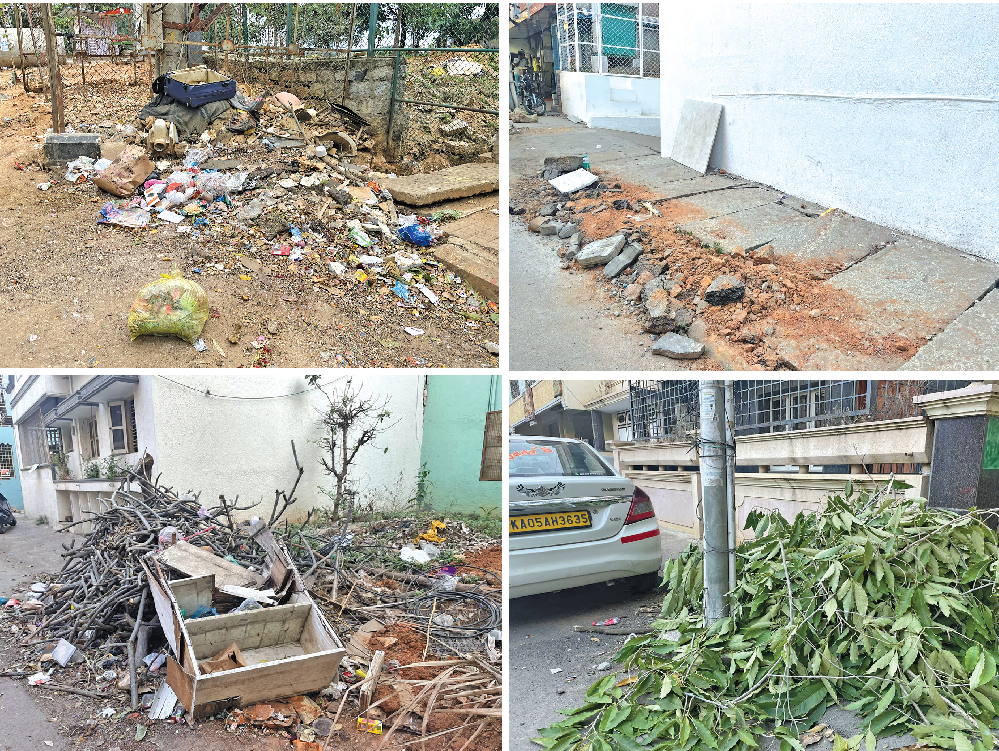
30 mm rain in 2 hours due to trough, says IMD
NT Correspondent
Bengaluru: India Meteorological Department (IMD) blamed Sunday’s thunderstorm in Bengaluru on summer showers which were enabled by a trough, adding that the city had received 30 mm of rain in about a couple of hours.
A trough is “an elongated area of relatively low atmospheric pressure”. The weather department said that a trough could be observed more than 100 metres above sea level from Vidarbha in north Maharashtra to southern Tamil Nadu and that it encompassed large parts of Karnataka.
IMD said that summer showers are convective in nature, meaning immense heat causes the content in water bodies to evaporate and form water vapour and eventually moisture-containing clouds which bring down rain. However, when complemented by a trough, the volume of rain could increase.
An IMD scientist disclosed that the extent of heat and the volume of rains in Bengaluru in particular and Karnataka in general were normal but was being enabled by some “atmospheric instability” caused by trough. He said that the rains in the capital might have gone up to 40 mm after 5:30 pm in the evening.
Other reports put the volume of rain in localities like Guttahalli at 70 mm. “It (the rain) is purely convective and is supported by the trough. When a trough is there, deep convection takes place and then there are thunderstorms and in one or two places, hailstorms also take place. It depends on where the wind convergence is more. Today, it happened over Bengaluru,” he said, adding that the same had happened in Gadag, Bagalkote, Kalaburagi and Kolar districts in April.
Hail, hail go away
IMD noted that parts of Bengaluru Urban and Rural districts like Malleshwaram in the west of the city, parts in the north of the city and Doddaballapur town had received hail alongside heavy rain. Hail forms when a thunderstorm ‘updraft’ lifts a water droplet above the freezing level (zero degree Celsius) in the atmosphere, about 12 kms above.
The frozen water droplet then commingles with super-cooled water or water vapor, which freezes once it comes in contact with the frozen droplet. This process causes a hailstone to grow. Hail resembles a large block of ice but due to friction, it reduces to small size and comes down in the form of small ice particles.
 English daily published in Bengaluru & Doha
English daily published in Bengaluru & Doha






